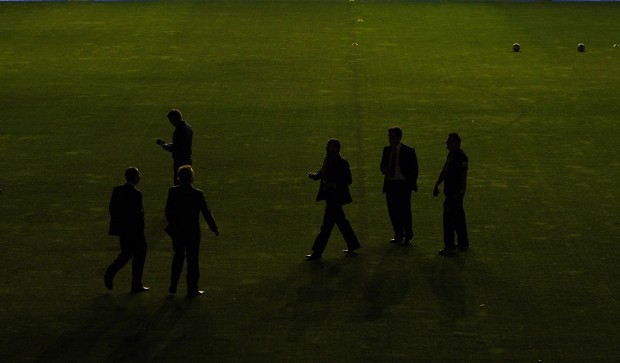If you have the right solution and technology, monitoring a generating set remotely is an easy task even without main.
Remote control of one or several devices is by now a common need for many applications although such need is not yet widespread when dealing with diesel generators.
One of our costumer who in Sweden deals with rental services for motion picture events decided to renew his generators fleet with our new Tesla generating sets taking advantage of the remote management of the generators.
His main problem consisted in not having the direct command of the generator from his workstation and consequently he had to dedicate an assistant just to monitor the generating set constantly.
Who’s working on audio services absolutely knows the problem: Supervising permanently the generator’s parameters and the fuel level is essential to avoid problems. Providing events’ services means to ensure a flawless work and not getting the generator under control is for sure a big mistake.
There’s a common concern in most remote control systems and it consists in the reliability of the system , often subject to local network’s configuration problems, Wi-Fi availability and even in the complexity of the system itself.
Our solution has been accepted by the customer since it seemed to be the most reliable one. We equipped the switchboard with a remote display panel connected to the VEO main controller of the generating set with a serial Port RS485.
Why RS485? The simplicity of the RS485 serial transmission make it the fastest and most trustworthy data transmission system. Indeed, within 10 metres distance it can reach a speed of 35Mpbs and it is also a cheap and easy to install system.
How does our remote display work?
It perfectly reproduces the generator’s display allowing to work as if the operator were in front of the generator. All the generator’s parameters and messages are shown simultaneously on both displays.
Why not a Wireless system?
Actually, in a context such as that of a motion picture event or any other commercial event where hundreds of electrical wires are lying on the floor, managing the generating set with a wireless system doesn’t make any sense. At least we believe it isn’t the best solution for our customer even if it would be more lucrative for us.
Watch the below Video...












